Introduction
The following introduction is as supplied by ICM:
The Leyland Retriever was a 6x4 World War II British truck. It was seen by many as an updated version of the Terrier. Three different versions were produced - differing only in detail. A total of6542 are believed to have been built, between 1938 and 1942. Including General Service and other modification they were used in North Africa, North West Europe between 1942 and 1945, remaining in service after World War II.

Review
This model arrives in a cardboard lidded tray with a separate card lid showing the artwork. Inside isa single plastic bag containing all of the sprues. The instruction booklet protects the decal sheet between its pages. ICM as a company do a pretty good job of tackling soft skinned vehicles and trucks or many nations, and time periods and this one would appear to be no exception. The parts themselves are cleanly moulded, and well laid out. And is another of those rare occasions where some photo etch is included. My only critique at this point, is that the sprues were all kept in a single bag, due to the bowing of the sprues that occurs, and thus the potential risk to the parts. There are some flow lines shown in the plastic, but these do not look or feel to have caused any issues. There are a few ejector pins marks that will need to be addressed. But for the most part ICM now places ejector pins on the sprue itself as much as possible.
Starting with the chassis of this model, you are provided with a multi part chassis which means keeping it square is of the utmost concern, and so as usual I recommend that the model chassis is assembled on a gridded cutting mat. In its favour I will say that by tackling the chassis in this way has enabled ICM a good level of detail on all faces. Something that I do question is why ICM has provided the front leaf springs in two halves. One half moulded to the main rail and the other standalone. With that said, detail in this area is as usual very visually appealing to any modeller who likes to know that the oily parts are there and accurate. And something that I particularly like is that it gives the modeller the possibility to show a damaged or destroyed vehicle with the minimum of effort, without the need to dig for days on end looking for data on what aspects of the chassis looks like.
The rear leaf springs are also moulded in two halves. The only benefit that I can see from doing this in two halves is that moulding seams will not be present. The rear axles is an area of the model that is particularly well detailed, and with careful painting and weathering would in my opinion be a particularly visually appealing area of the model. The front axle of the model is basic and possesses my usual complaint, that of the front wheels not being able to be shown turned. But I do feel having looked at the parts closely, that building the wheels turned would not be overly difficult. The tyres of the model are vinyl rubber onto moulded rims, and I do know that this is one inclusion that can be received very poorly. With that said there is a very nicely replicated S tread on the tyres.
As is usual for ICM a very nicely detailed multi piece engine has been included, along with the gearbox. And while this is an all plastic affair, parts such as the cooling fan blades, are reasonably thin. You will of course be required to find on-line reference, for replicating any wiring and piping that may have been missed.
I myself was unable to find reference on the cab interior of this model. But I have not been disappointed by ICM in this regard and so I suspect that ICM were able to find reference. So what do we find?… To start with you are going to have one of those cabs that is lovely and toasty in the Winter, but unbearable in the Summer. The layout of the cab is very plausible and I have no reason to question it. All of the relevant vehicle controls look to be present. The instrument panel has been provided with decals for the dials, and so should be pleasing to the eye. There are no fixed doors, and instead you have canvas to string across, and I would have liked to have seen ICM provide the option of having them in place as well as rolled and stored which is the option they have provided. The seats, such as they are would appear to be nothing more than wooden boxes, with a back rest on the cab rear, and so the chance for a nice modeller applied feature here would be the addition of clothing or even a cushion on which to sit, as I can imagine that this would be uncomfortable to say the least.
Another article I would consider adding would be the personal weapon of the driver at the very least. The front grille of the radiator is where the photo etch comes in and despite that ICM does not do this very often, it is a very nice piece of photoetch. The fuel tank is mounted at the rear of the cab, as well as the spare wheel and have also been well done, and are nice aspects of the kit generally. The roof of the cab is canvas which has been moulded, and this is one of the areas were you will find ejector pins marks that will need to be addressed.
The wooden truck bed and its metal framing have been very well tackled by ICM, with very good detail provided in both regards that should be visually appealing. Fixed wooden seating has been placed down both sides of the truck bed, and I would have thought that this would be foldable rather than fixed, but I cannot critique something that I am not 100% sure of. On the underside of the bed, nicely replicated mud guards are present, as is the mounting frame of the bed and one aspect that I like is that the bed can be left off until after painting has been done. The framework for the roof of the bed has been provided in the form of various metal elements and it has been left to the modeller to choose whether to add a canvas to it. I should say at this point, that an on-line search reveals a canvas in place more often than not.
ICM has provided two finishing options for this model, but unfortunately has provided little in the way of information as to what they represent, other than Europe 1944 and Europe1945. With that said, the decals themselves have been nicely done and I cannot really critique any aspect of them.

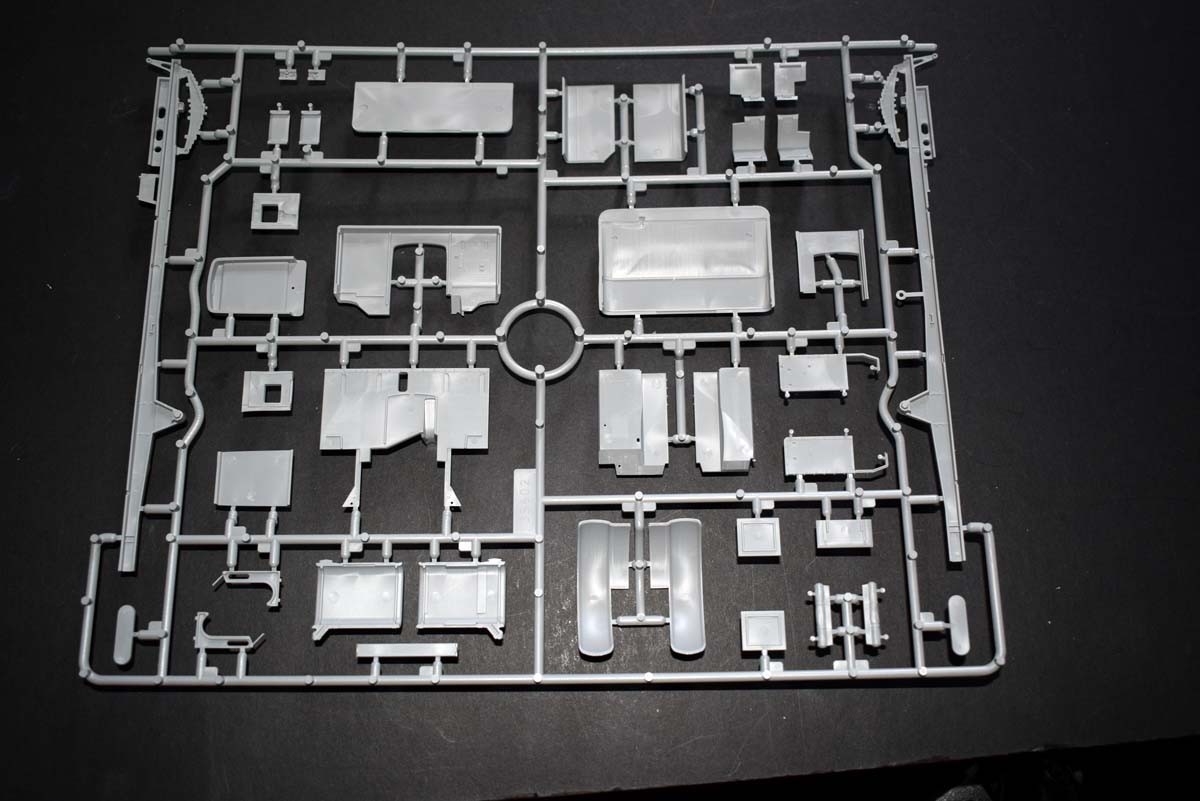

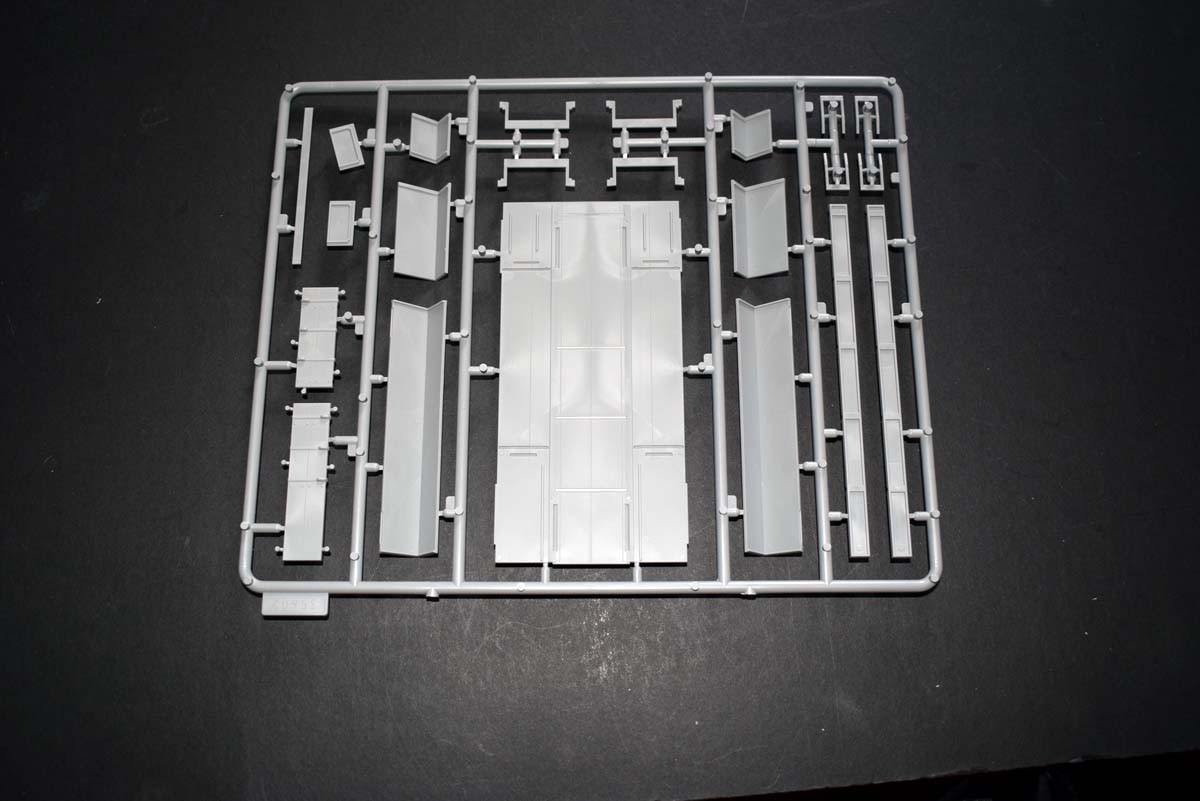
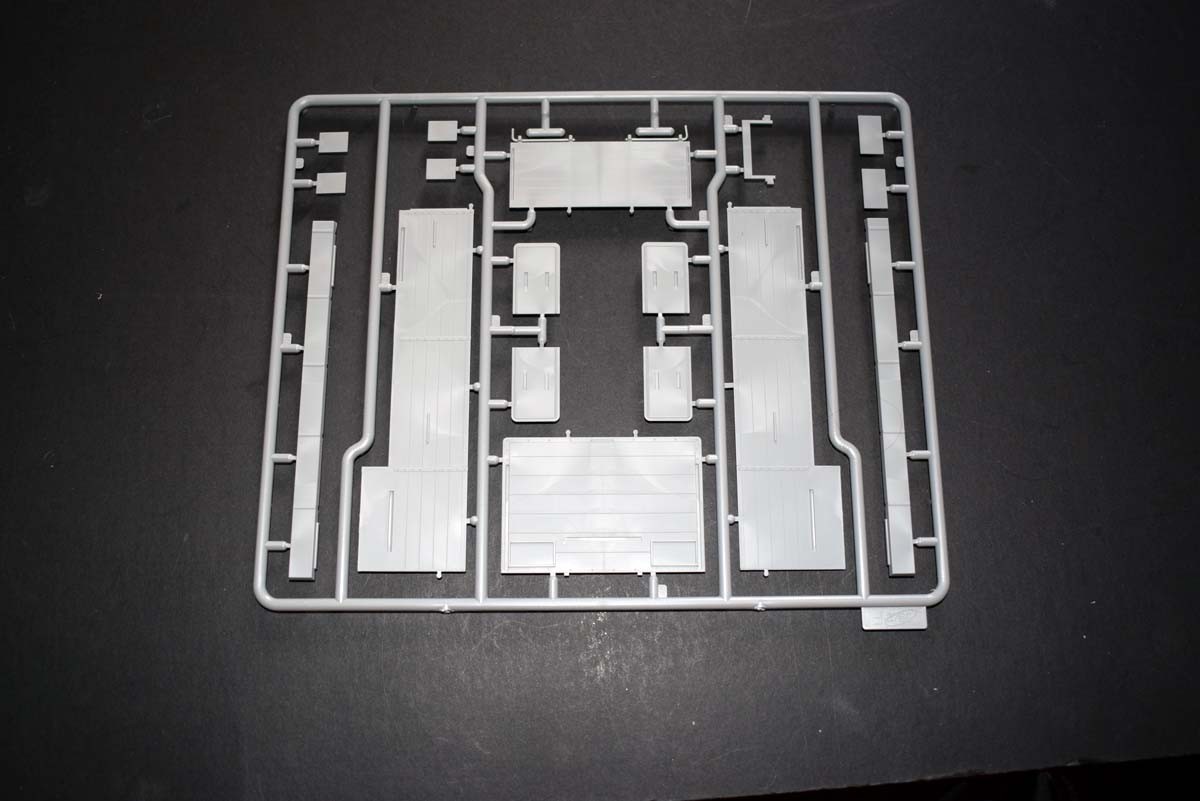

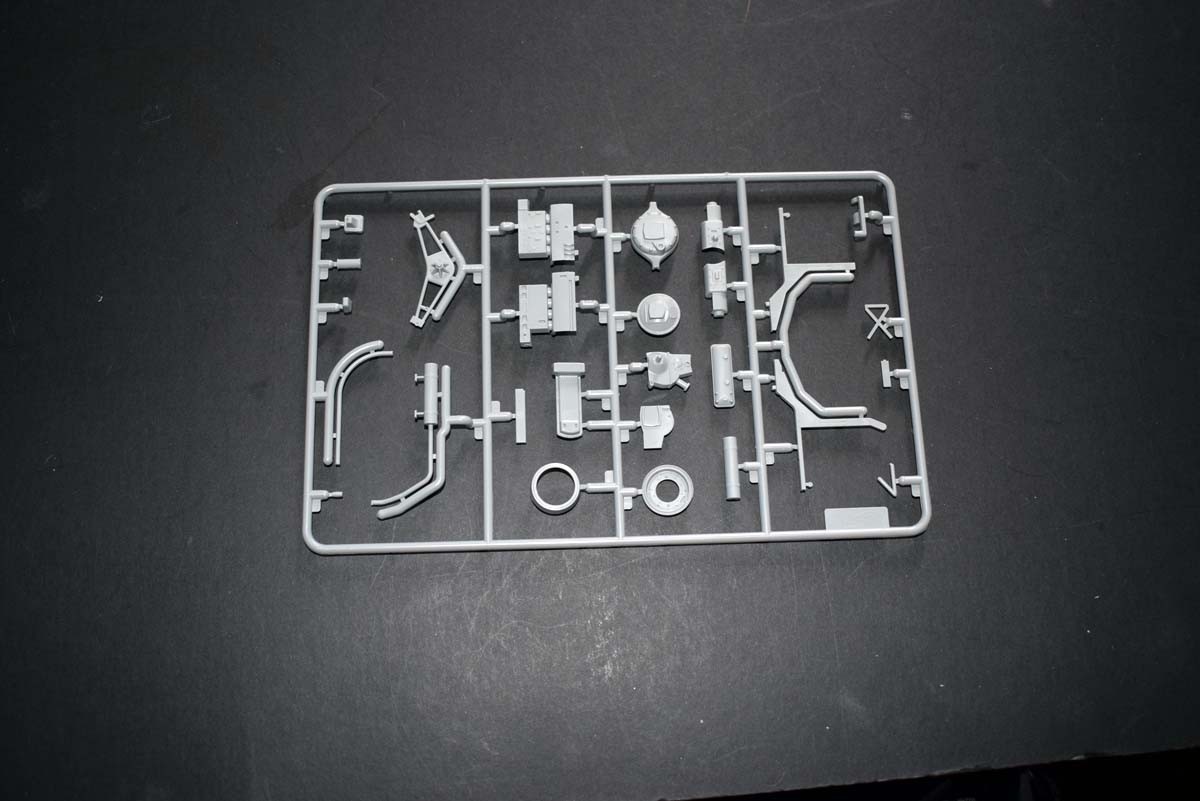

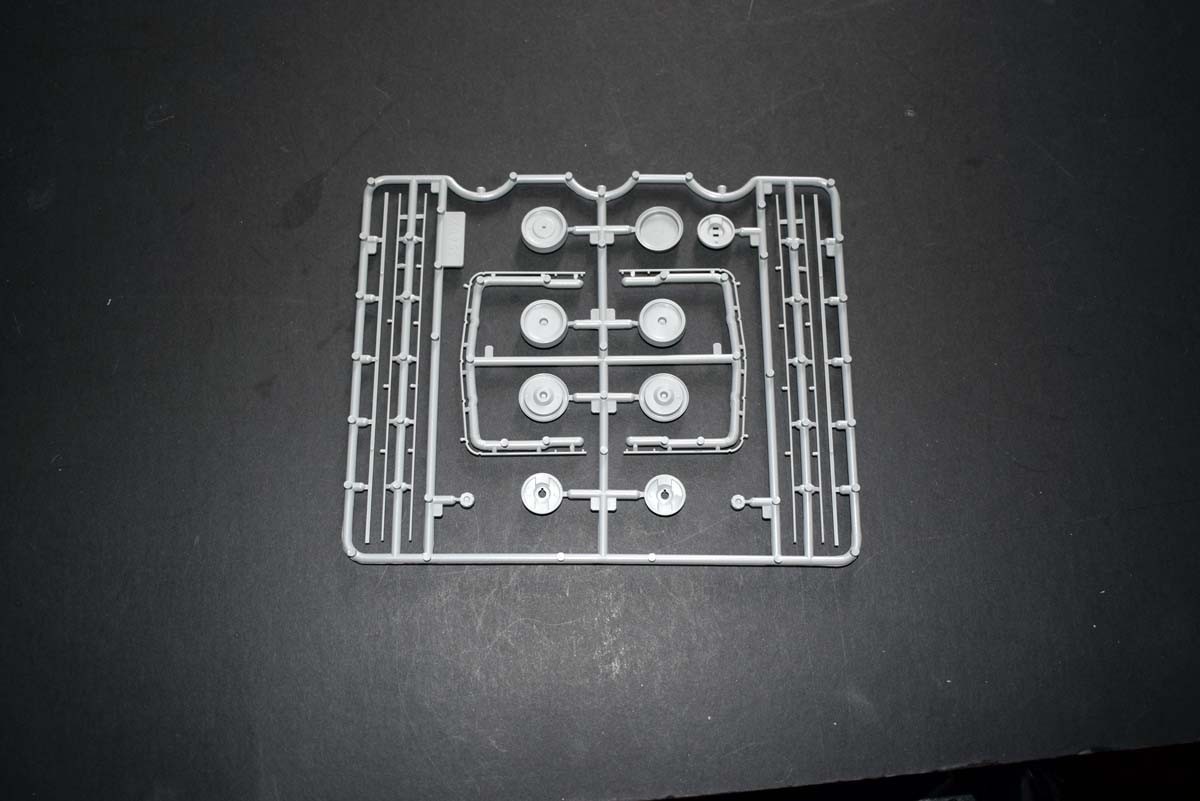
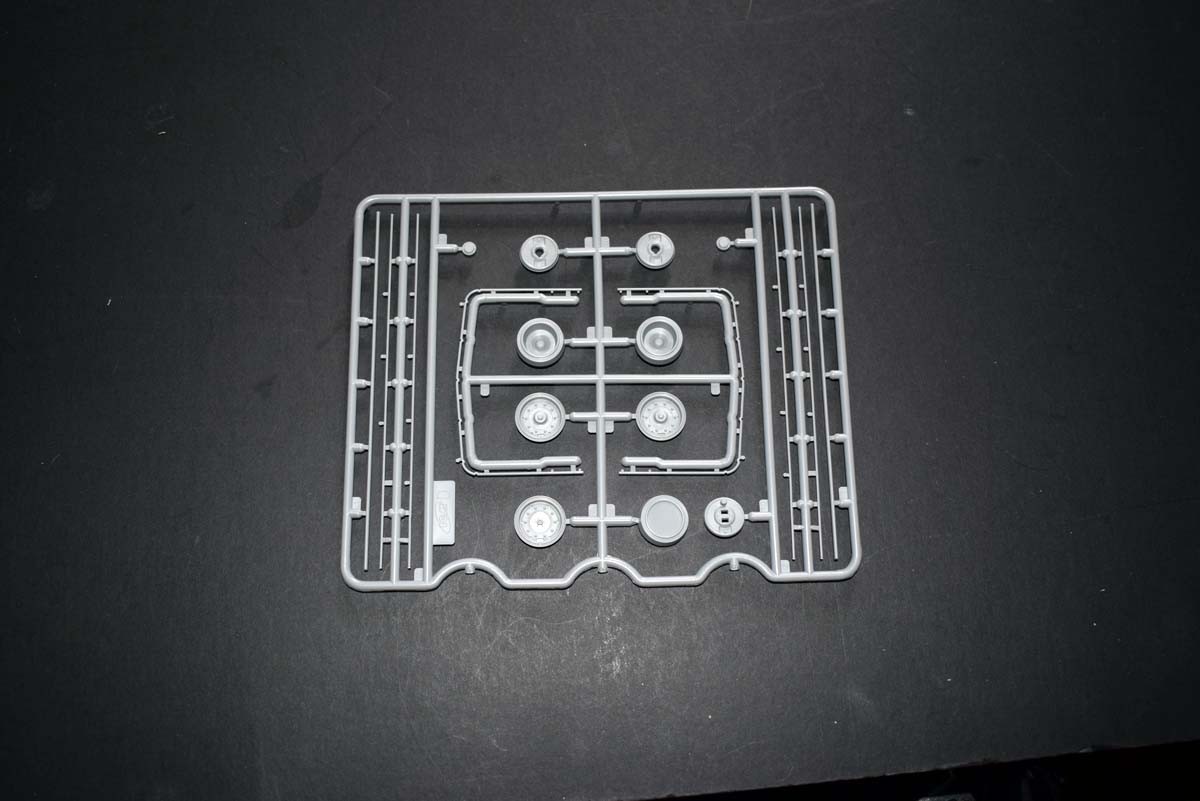
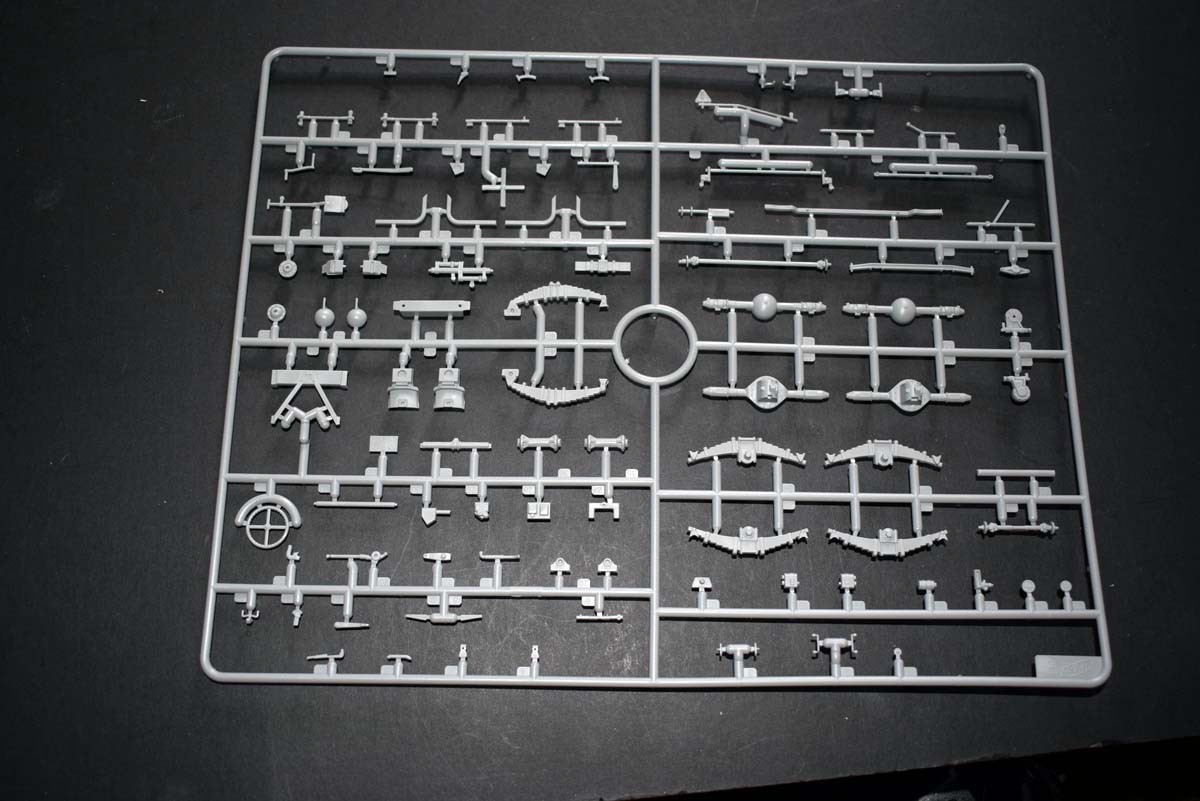
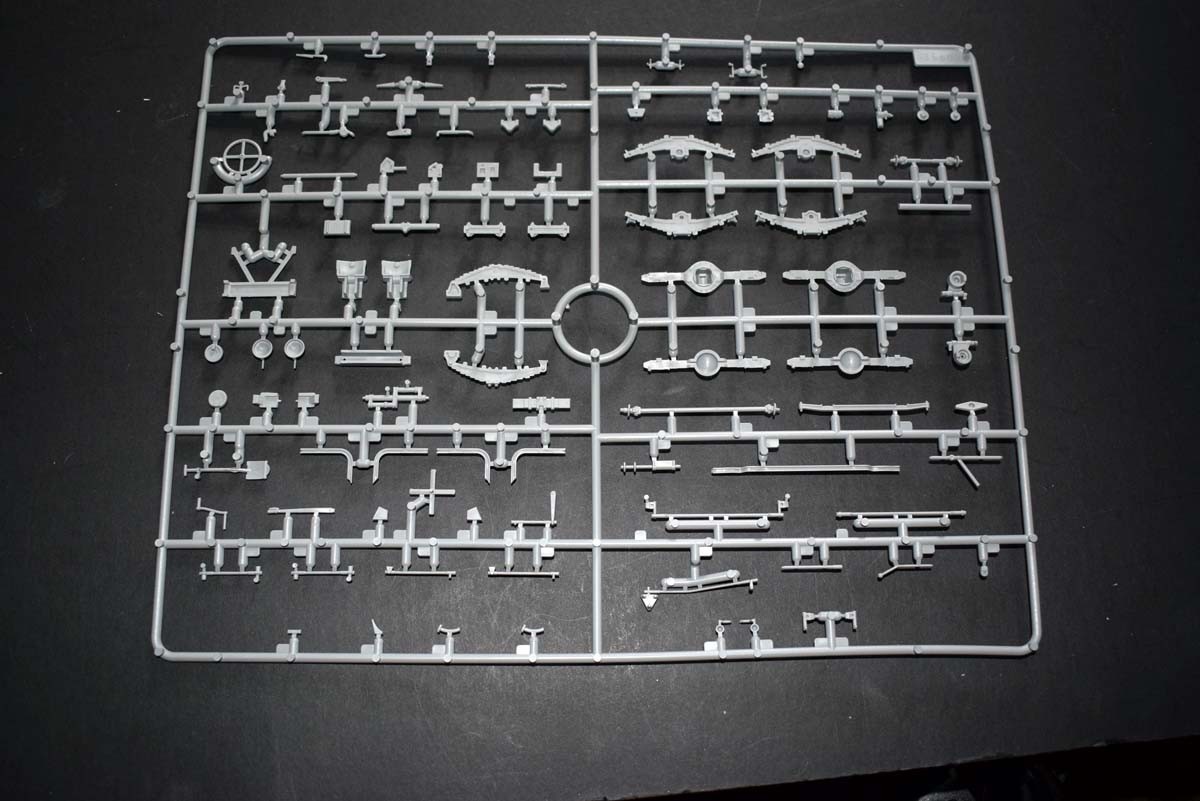
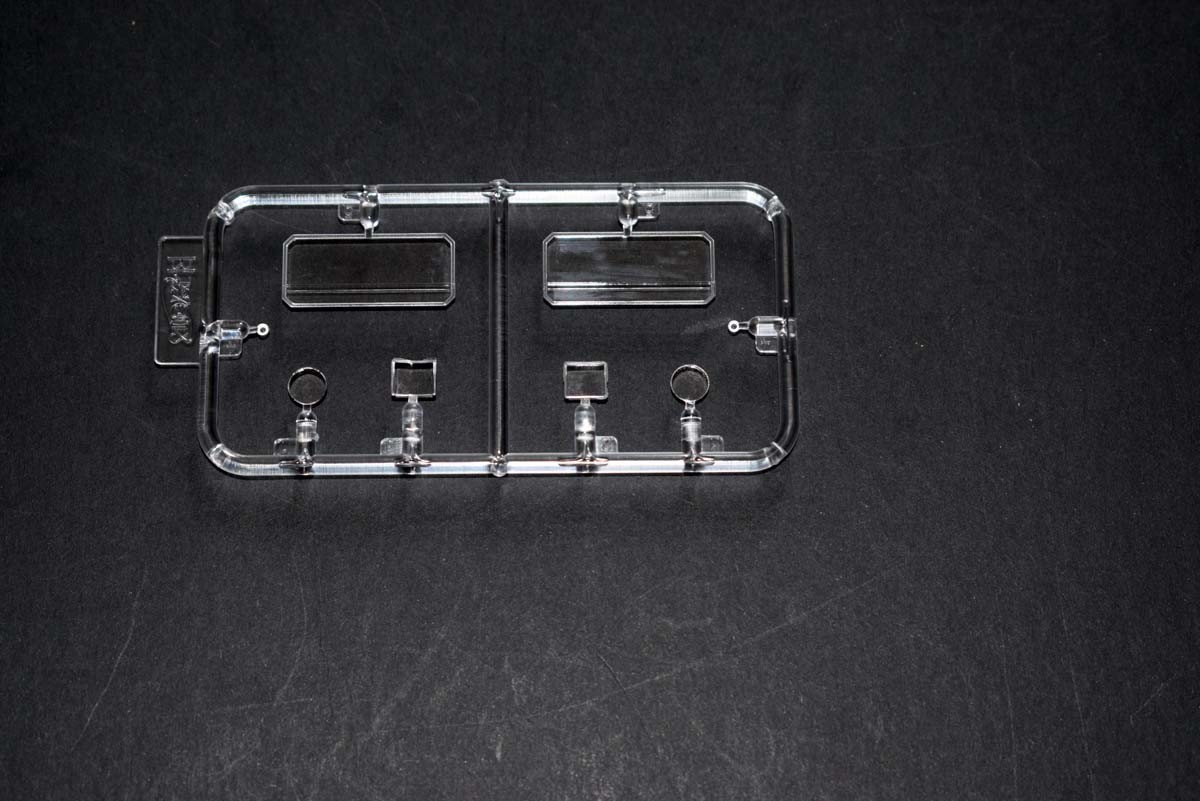

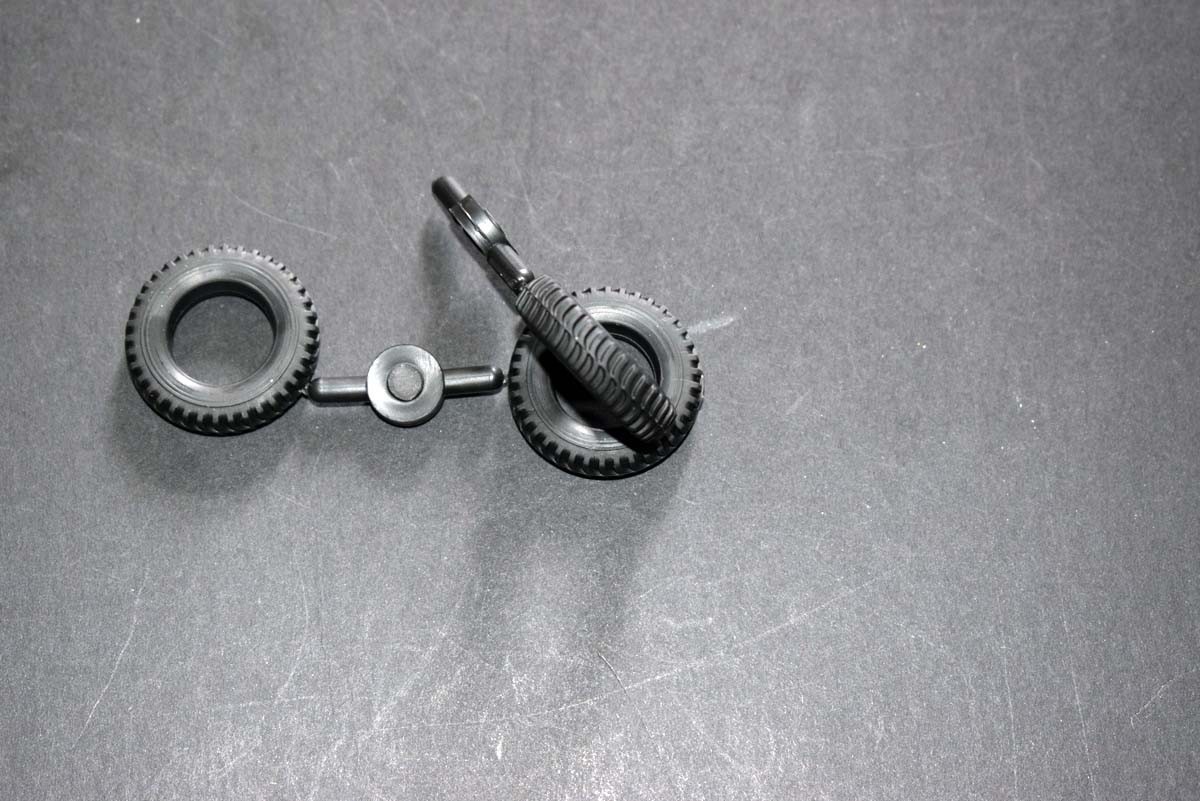

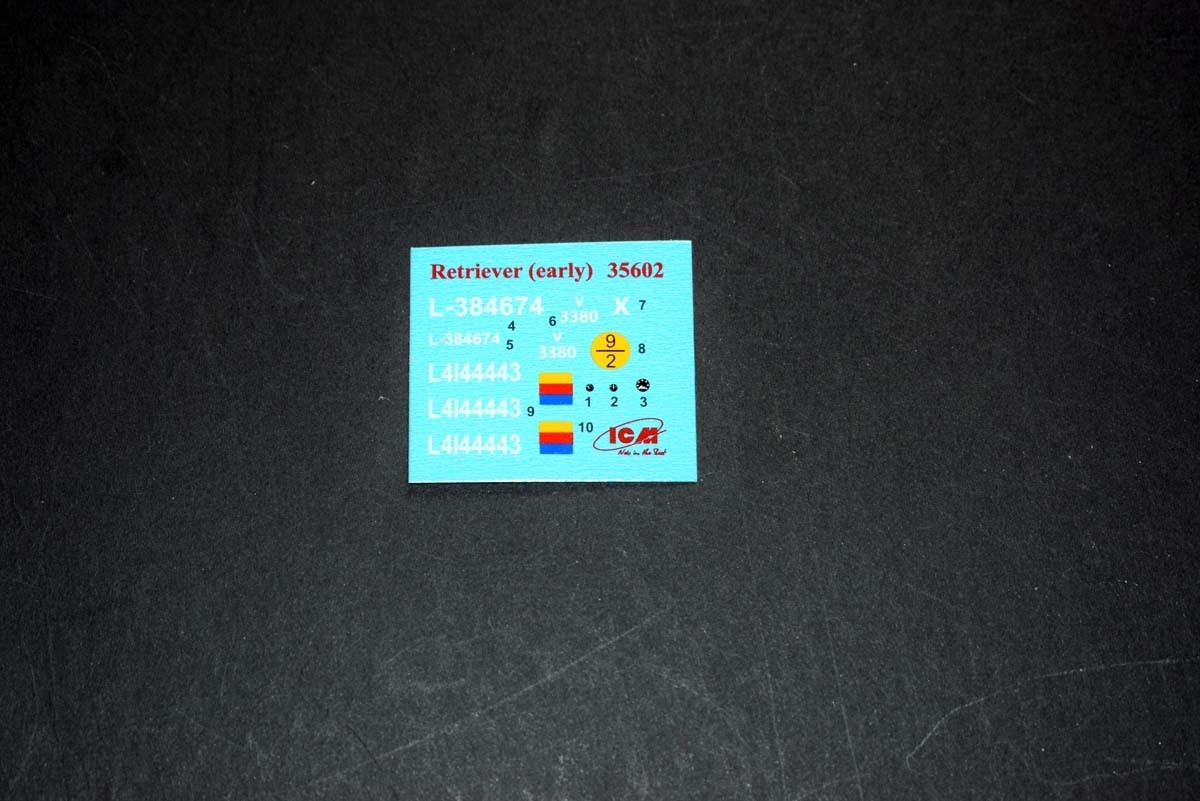
Conclusion
ICM continues to impress me, with their tackling of soft skinned vehicles and trucks, with this one being no exception. I am very pleased to see ICM moving away from ejector pins marks on moulded parts, as it can be one of the major deforming factors on areas of things such as wooden planking. My critique is a personal thing, which is please, please, please consider making the front wheels position able or workable, as it is something that I feel greatly improves the look of a finished model. Other than this, I would request the ICM look into providing more detail on what the finished model represents.



























